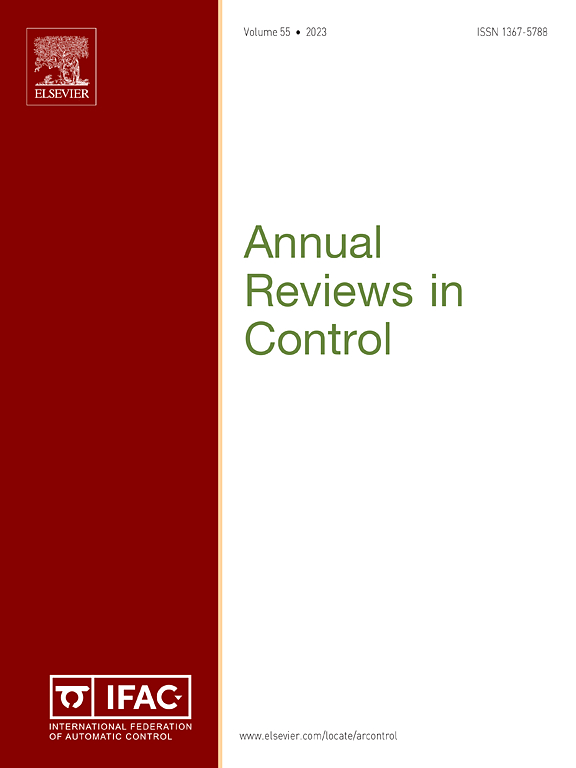使用自动模型选择和初始化的高频锂离子电池阻抗识别
IF 10.7
2区 计算机科学
Q1 AUTOMATION & CONTROL SYSTEMS
引用次数: 0
摘要
电化学阻抗谱(EIS)是选择锂离子电池等效电路模型(ECM)的有效工具。设计阻抗模型来描述所涉及的低、中、高频电化学过程。当考虑限制在Warburg区域的低频时,扩散阻抗的建模得益于恒定相位元件(CPE),其表现为接近0.5阶的n阶分数积分器。在中频观察到的现象是用称为Zarc的特定电路来描述的,该电路包括将CPE与电阻并联连接。因此,全局阻抗模型具有非整数阶算子的特征,参数可由复杂非线性最小二乘(CNLS)算法估计,该算法需要适当的初始化以保证收敛到全局最优。本文提出了一种分析EIS数据测量的方法,以便自动选择所需的中频Zarc电路数量(一个或两个),并适当初始化CNLS算法。利用仿真数据和实验开源EIS数据对该方法进行了验证。本文章由计算机程序翻译,如有差异,请以英文原文为准。
Frequential lithium-ion battery impedance identification using automatic model selection and initialization
Electrochemical Impedance Spectroscopy (EIS) is a useful tool for selecting a pertinent Equivalent Circuit Model (ECM) of a Lithium-ion battery. Impedance model is designed to describe low, middle and high frequency electrochemical processes involved. When considering low frequency restricted in the Warburg zone, diffusion impedance is modeled thanks to a Constant Phase Element (CPE) which behaves as a fractional integrator of order close to 0.5. Phenomena observed in middle frequency are described using specific circuits called Zarc which consist in connecting a CPE in parallel with a resistor. Therefore, the global impedance model is characterized by non integer order operators and parameters can be estimated by a Complex Nonlinear Least Squares (CNLS) algorithm which requires a proper initialization in order to guarantee the convergence to a global optimum. The paper presents a method to analyze EIS data measurements in order to select automatically the number of middle frequency Zarc circuits required (one or two) and to initialize properly the CNLS algorithm. The method is validated using simulation data as well as experimental open source EIS data.
求助全文
通过发布文献求助,成功后即可免费获取论文全文。
去求助
来源期刊

Annual Reviews in Control
工程技术-自动化与控制系统
CiteScore
19.00
自引率
2.10%
发文量
53
审稿时长
36 days
期刊介绍:
The field of Control is changing very fast now with technology-driven “societal grand challenges” and with the deployment of new digital technologies. The aim of Annual Reviews in Control is to provide comprehensive and visionary views of the field of Control, by publishing the following types of review articles:
Survey Article: Review papers on main methodologies or technical advances adding considerable technical value to the state of the art. Note that papers which purely rely on mechanistic searches and lack comprehensive analysis providing a clear contribution to the field will be rejected.
Vision Article: Cutting-edge and emerging topics with visionary perspective on the future of the field or how it will bridge multiple disciplines, and
Tutorial research Article: Fundamental guides for future studies.
 求助内容:
求助内容: 应助结果提醒方式:
应助结果提醒方式:


